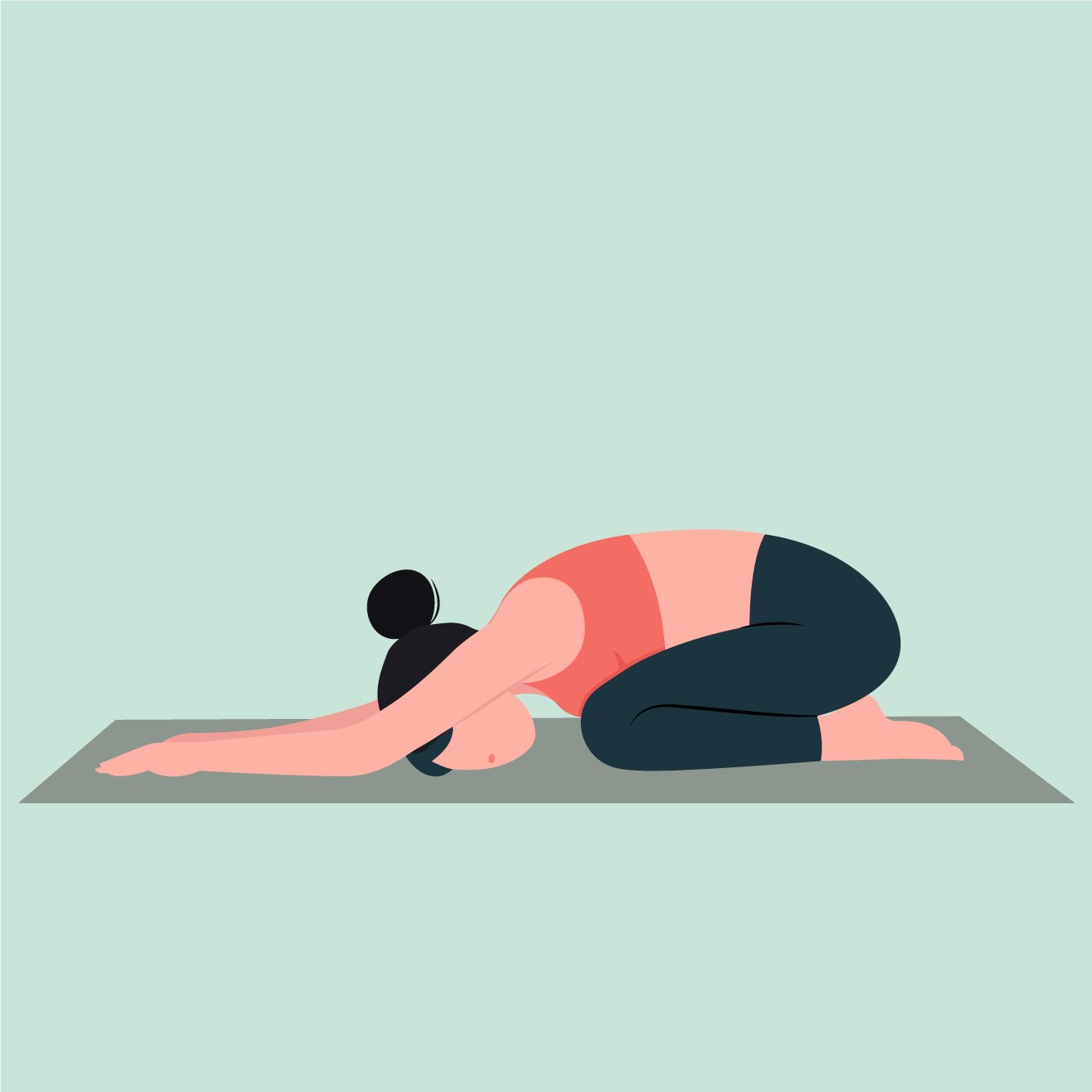Out with “Motion is Lotion”, Enter: Rotation is Lotion
Introduction:
Accessing rotation is crucial for optimal joint health and range of motion. Rotation is a fundamental movement that allows joints to move freely in various directions, promoting flexibility and functionality. It plays a vital role in maintaining the integrity of connective tissues, such as ligaments and tendons, by preventing stiffness and promoting blood circulation. Optimal joint health is essential for everyday activities and athletic performance, as it enhances agility, balance, and overall mobility. Additionally, incorporating rotation into exercise routines can help prevent injuries, reduce muscle imbalances, and contribute to a more comprehensive and balanced approach to physical well-being. In essence, prioritizing the ability to access rotation is a key component in fostering joint health and ensuring a full range of motion for a more active and fulfilling lifestyle
Why Rotation is Important:
Placeholder image
You can replace the image here and add your own caption
JOINT HEALTH: Regular rotation helps to maintain joint health by preventing stiffness and promoting synovial fluid circulation. Synovial fluid nourishes the joint surfaces and enhances their lubrication, reducing the risk of degenerative joint conditions.
MECHANORECEPTOR STIMULATION: Mechanoreceptors are sensory receptors located within joints and muscles, responsible for detecting changes in joint position and movement. Rotation stimulates these mechanoreceptors, providing the nervous system with valuable information about joint position and facilitating proprioception.
PREVENTING JOINT RESTRICTIONS: Lack of rotation can lead to joint restrictions, limiting the range of motion and predisposing the joint to injury. Additionally, lack of rotation at one joint can lead to downstream consequences at other joints. This can cause unnecessary shearing forces and stress that can pause pain, swelling, and discomfort.
Practical Applications:
All human movement requires rotation. When we lift our arm above our head, the upper arm bone must rotate in the shoulder socket so that we can prepare to swing a volleyball, throw a baseball, or press a barbell overhead. When we take a breath of air in, our ribs must externally rotate to help create space in our chest for air to enter our lungs. When we squat, our hip bones must rotate within our hip sockets to lower and elevate our bodies.
In this blog series, we will take a closer look at rotation required for 1. squatting 2. overhead reaching: two movements that are integral for movements and positions we as humans do and assume in our day-to-day activities as well as in sports.
If we can maximize and optimize joint rotation, then the motion we produce is truly lotion for our joints and our bodies.
Other Posts You Might Like
















